Happy New Year!
You might be thinking that I’m about three months too late. However, much of the world is observing the start of the Persian New Year this week with a thirteen-day celebration known as Nowruz. Nowruz – also sometimes referred to as Nowrooz, Norooz, and Norouz – means “New Day”, and is a celebration of spring, nature, new beginnings, and new life. It’s been observed for thousands of years and is the start of the year in the Persian calendar, officially beginning on the first day of spring at the precise moment when the sun crosses the equator, the vernal equinox.
My friend Naz Deravian first introduced me to Nowruz. Naz was born in Iran, grew up in Italy and Canada, and then moved to the United States in her early 20s. Her earliest childhood memories of celebrating Nowruz in Iran include the whirlwind of Khaneh Takuni (roughly translated, “shaking the house”) when families would make preparations for the New Year with a spring-cleaning. Naz compares her childhood memories of Nowruz in Iran to “flashes”:
The love and warmth of the extended family, a new pair of socks, her grandparents placing candy into her open, eager hand, the aroma of Hyacinth floating through the house …
When Naz was a young child, her family fled Iran and moved to Italy. Naz said her family’s Nowruz celebrations in Italy were very modest, but still full of joy and hope in anticipation of what lay ahead — even though they were unsure of what the future held for them, and even as they remembered the family and friends left behind in Iran.
Naz’s family eventually immigrated to Canada, where they connected with other ex-pats who had been on similar journeys and introduced their Canadian friends to these millennium old traditions.
Naz says she most connects with, “the depth, the lyricism and beauty of my culture … and the celebration of the natural course of nature.” Nowruz has taken on even more meaning for Naz now that she can share this part of her culture with her American husband and their two daughters.
Nowruz is about nature, family, and perhaps most importantly … the food.
Naz is one of the most wonderful cooks I’ve ever had the privilege of sharing a meal with. Her blog Bottom of the Pot: Adventures in Persian Cooking and Beyond was recently named a finalist in the 2015 IACP awards for Best Narrative Culinary Blog, so when Naz invited my husband and I to take part in this year’s Nowruz celebration and feast, we were beyond excited.
The fragrant herbs and fresh ingredients that make Persian food so distinctive and so delicious are featured in the Nowruz meal: Sabzi Polo ba Mahi, a herbed rice dish served with fish; Koo Koo Sabzi, a fresh herb and egg frittata; and Aash-e Reshteh, a fresh herb and noodle soup. Each ingredient has symbolism that reflects the significance of Nowruz: the green herbs symbolize life, the eggs symbolize fertility and new birth, and the fish symbolizes life.
Nowruz at its heart is about new life, new beginnings, and welcoming in a new season.
The Haft Seen table is the gathering place, first laid with Naz’s great aunt’s zari, an ornamental cloth that has been with the family for two hundred years. The table is then set with seven symbolic items that start with the letter “S”: Sabzeh, lentil, wheat or barley sprouts which symbolize rebirth; Samanu, a sweet pudding made with wheat germ, which symbolizes the sweetness of life; Sib, an apple for health and beauty; Senjed, dry fruit from the lotus tree, which symbolizes love; Sir, a bulb of garlic for good health; Somaq, sumac berries which represent the sunrise; and Serkeh, which is a vinegar symbolizing old age and patience. Many people also include coins for prosperity, mirrors to represent light, candles to symbolize light and life, rose water to purify the air, a Hyacinth to symbolize spring, a Seville orange to represent earth floating in space, and a goldfish to represent the end of the astral year.
The zari, the recipes, the traditions, the symbolism, it’s all been passed down from generation to generation and the traditions continue, from Iran to Rome to Vancouver and now, to Los Angeles. It’s another opportunity to celebrate, to mark the first day of spring, to reflect on the past, to share a meal with family and friends … and to toast new beginnings, nature, and new life.
Nowruz Pirooz! Happy New Year!
Do you have any cultural or traditional spring celebrations in your family? What are they?
Images via Naz Deravian
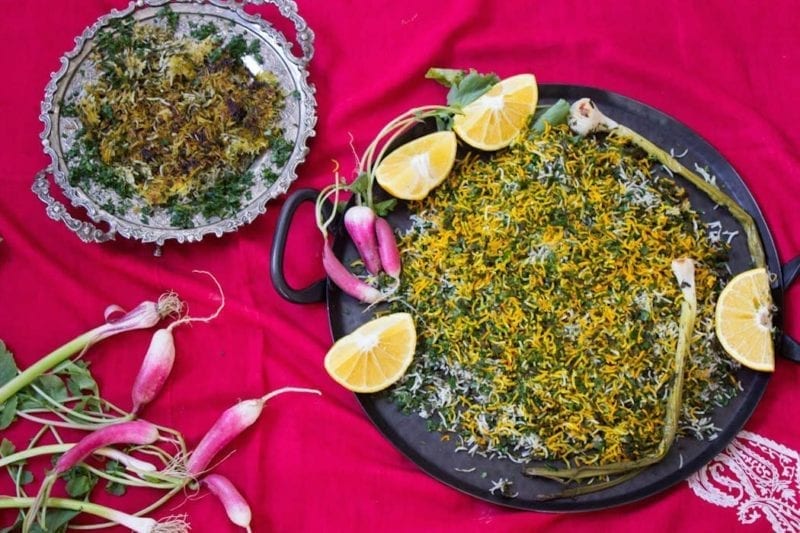
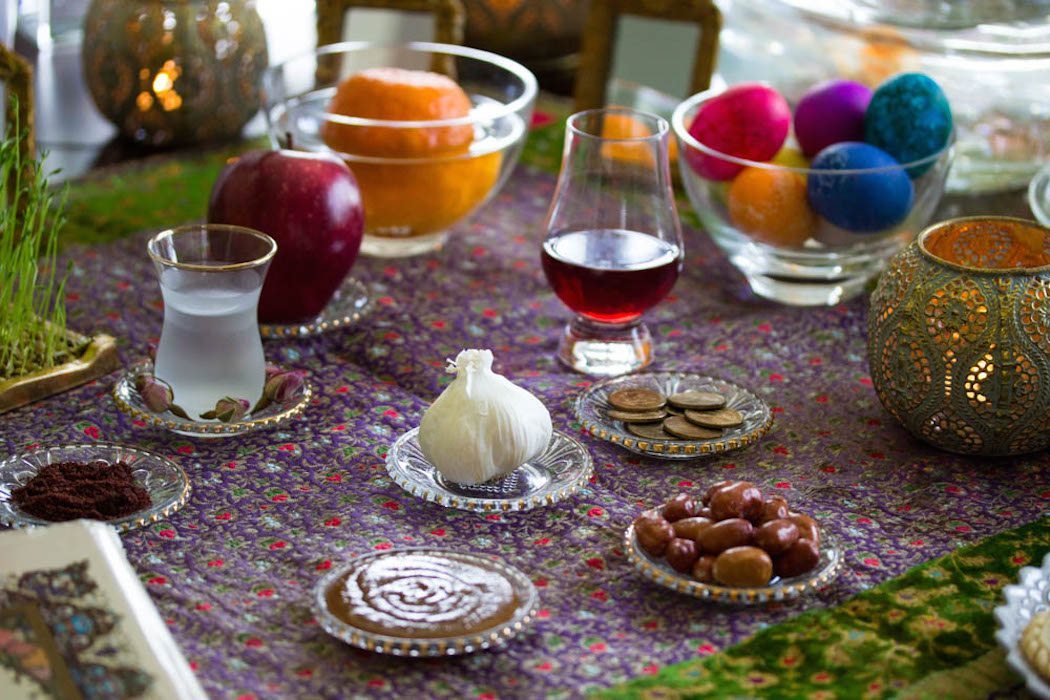
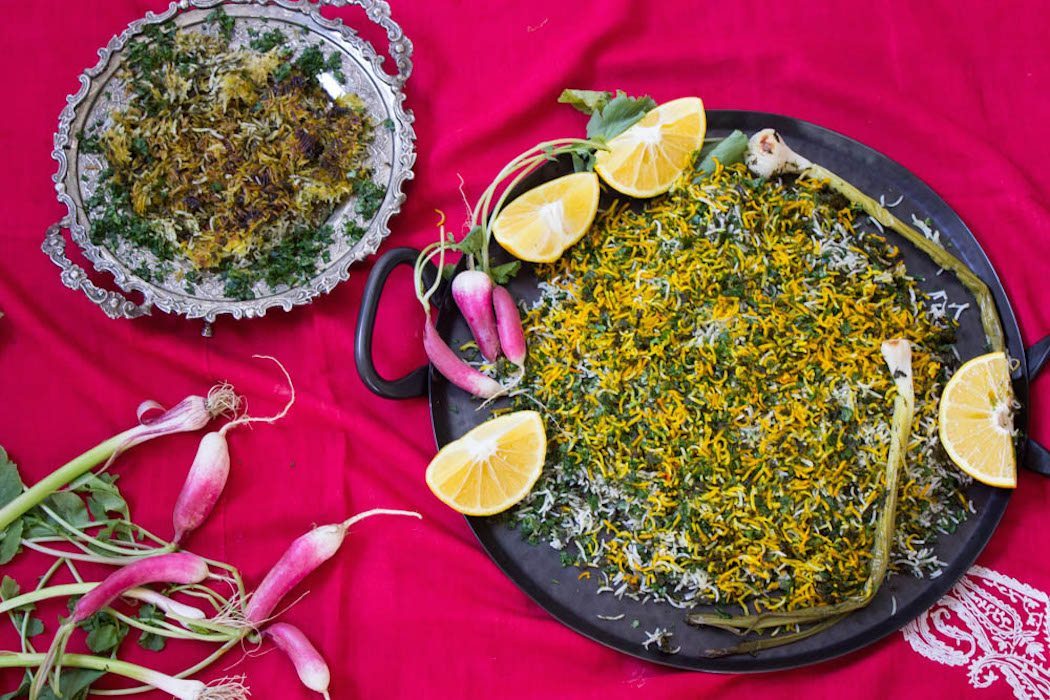
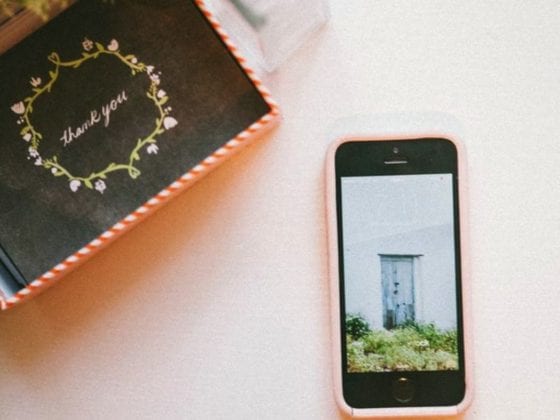

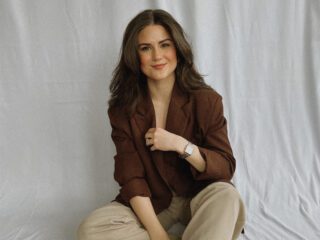


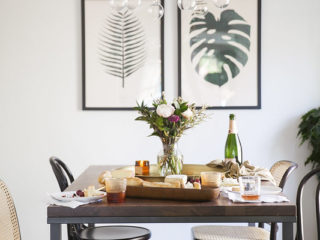

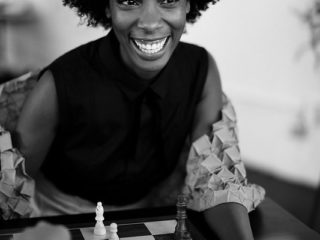
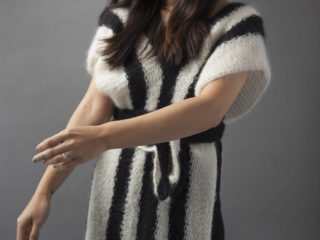

2 comments
Hi Täti! I love the idea of having a little patch of lawn indoors! I live in L.A. and even though spring is here, I don’t have a backyard or garden, so perhaps I’ll plant a little indoor lawn. 🙂
In Finland a common spring/Easter tradition is – believe it or not – to grow indoors some fast-growing grass on a tray with a thin layer of soil. In our climate it is typically still winter outside around Easter so these small “indoor lawns” bring a fresh promise of spring in the house!